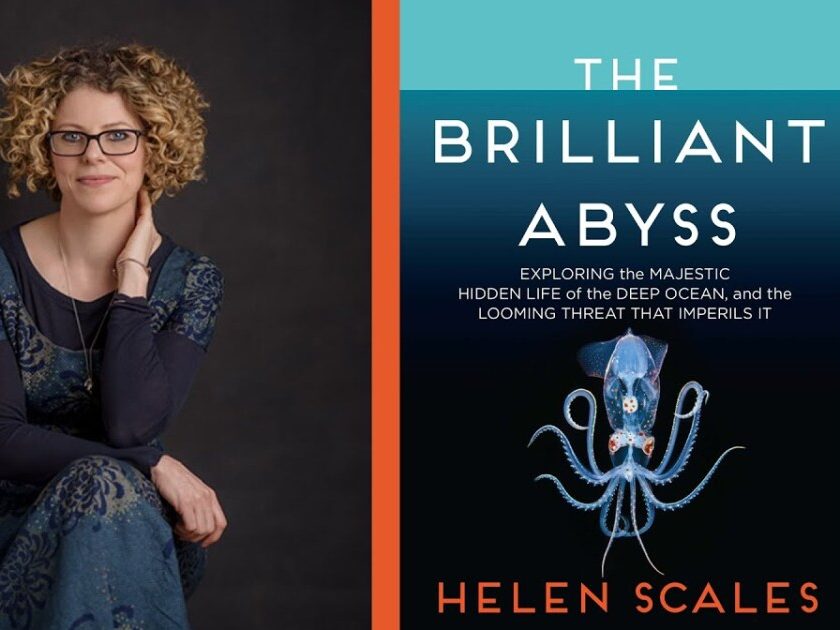
Book Review: The Brilliant Abyss
May 25, 2022
Dr. Laska & Great Ecology Featured in San Diego News
June 13, 2022
Summer Stewardship Activities - Part 1
Author: Liz Clift
This is a two-part series designed to encourage readers to engage in environmental stewardship activities. Part I offers broad suggestions with a few links to specific projects that might inspire you to get involved—if not in those projects, then in similar (or even more exciting to you) projects near wherever you live. Part II will be focused on plastic pollution.
As we move into summer, a lot of us will spend more time outside—which makes for a great opportunity to engage in stewardship activities within your community. Your local Parks department—at the city, county, or state level—and land trusts (like this one!) may have formal stewardship or volunteer programs and are a great place to get started. Activities could range from work parties at local parks or trails, trail building or maintenance, invasive species removal, acting as a guide or steward (for instance, at a popular tide pooling location or along frequently used trails), and much more.
You likely also have local organizations that are running citizen science projects and looking for volunteers—on everything from amphibian monitoring to water quality data collection to sitting with stranded marine mammals (to make sure no one else bothers them until rescue or removal), to shellfish restoration, and so much more! Local conservation organizations will generally list these opportunities on their website and may also offer (or require) additional training. Nonprofit organizations also often have a need for people who can support office work, if that fits better for you, ranging from grant-writing to blog development to managing databases.
But you don’t have to formally get involved either. You might choose to do something more personal, like aim for a zero-waste summer—meaning you make purchasing choices that reduce (and ideally eliminate) the waste your household generates, which also probably means growing more of your own food or buying it locally at farmers markets and farm stands. You could also document and report incidents of invasive species (see if you have a local program for invasive species monitoring to find out what to look for and the best way to document and report sightings or participate in removal), start a personal or community garden that includes pollinator habitat, consciously reduce your water consumption, or work with people in your community to identify the plants that exist nearby—on individual or community property, along local trails or within parks, etc.—and make the information publicly available to increase awareness about your shared ecosystems, similar to this street tree project on behalf of New York City, or these park tree maps completed by a retired postal worker. Your local chapter of the native plant society may have ideas (and resources) to help you get started!
Engaging in stewardship activities can be a great way to get more involved in your community while still supporting your local ecology. Many of the above suggestions may also help build your social network, your skillsets (e.g. as a botanist, amphibian specialist, grant writer, etc.), or your understanding of some of the environmental and ecological issues facing your community. Volunteering may also help you develop skills to follow your passion or turn your passion into a job!

